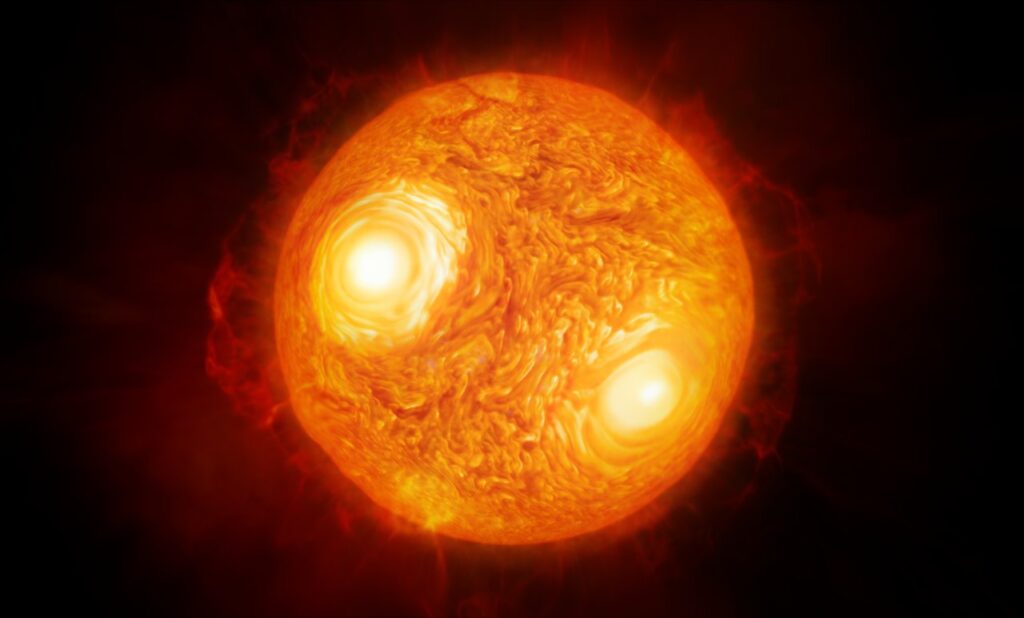A British-American team of astronomers announced the discovery of the probable progenitor of the supernova SN 2023ixf, which broke out in a neighboring galaxy a few days ago. It is a red supergiant.

On May 19, astronomers discovered a supernova that erupted in the outer part of one of the spiral arms of the large spiral galaxy M101; it is sometimes also called a “Pinwheel”. It is located at a distance of 21 million light-years from Earth.
The event instantly attracted the attention of astronomers from all over the world. The fact is that SN 2023ixf has become the closest to our planet and, as a result, the brightest supernova in the last decade. Its apparent magnitude reached 11, which made it possible to observe the event even with amateur telescopes.
Initially, the flare was classified as a Type II supernova. Such events occur as a result of the collapse of the core of a giant star. Subsequently, hydrogen lines were detected in the spectrum of SN 2023ixf, which made it possible to refine the type of supernova to IIn. According to astronomers, this may be explained by the interaction of the shock wave with the matter ejected by the star before its death.
During the subsequent analysis of the Hubble telescope’s archive of images, astronomers have discovered a star that, in their opinion, is the source of the supernova. It’s a red supergiant. It can be seen in photographs taken in the near infrared, but it is almost invisible in optical images, which may indicate that it is surrounded by dust. The simulation showed that the mass of the star exceeded the mass of the Sun by 12 times, and its age was 30 million years. This is consistent with previous estimates of the characteristics of the star that has become the progenitor of the supernova.
You can also read about how Hubble photographed the consequences of a stellar explosion in a distant galaxy.
According to https://arxiv.org
Follow us on Twitter to get the most interesting space news in time
https://twitter.com/ust_magazine

